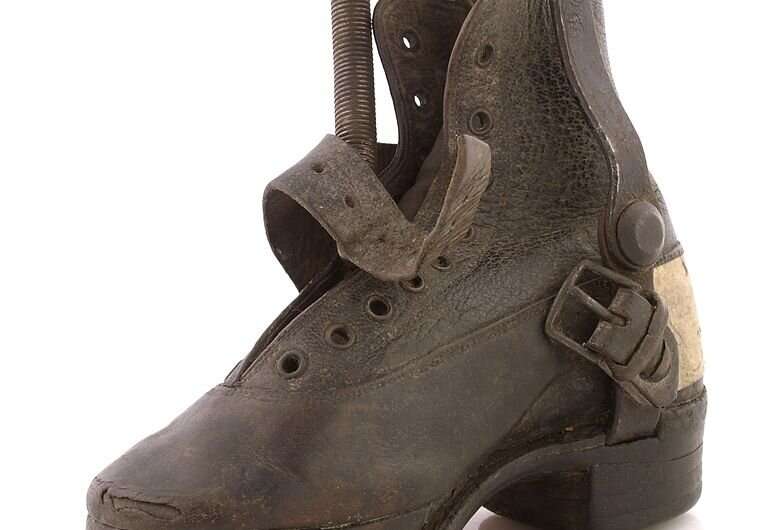
Experts hope that new standardized terminology for “therapeutic footwear” will improve treatment for children with walking difficulties across the globe.
In a new study, scientists from Staffordshire University’s Centre for Biomechanics and Rehabilitation Technologies have established recognized terms, definitions, design characteristics and prescription criteria for off-the-shelf stability footwear for the first time.
Nachi Chockalingam, Professor of Clinical Biomechanics, explained: “Specialist footwear is often prescribed to help children with a range of conditions including cerebral palsy, pes planus, toe walking, Duchenne muscular dystrophy, spina bifida, Down’s syndrome and intoeing. However, despite its widespread use there is a lack of common understanding of how to define and characterize this intervention.
“Numerous terms have been used in the literature concerning clinical footwear interventions, including orthopedic shoes, rehabilitative boots, modified shoes, supportive shoes and special shoes. There is also no standardized set of agreed outcome measures, both physical and psychosocial, to ascertain the effectiveness of this footwear.”
A group of multinational professionals, from clinicians to those involved in the footwear industry, were recruited to take part in an online survey and to provide further insights through a series of open-ended questions.
“Therapeutic footwear” was the agreed term to represent children’s footwear interventions, with grouping and subgrouping of therapeutic footwear being dependent on their intended clinical outcomes: accommodative, corrective or functional. Design characteristics of off-the-shelf footwear were also grouped under three themes: stability, ergonomics and esthetics.
This is believed to have many benefits including:
- A common understanding of therapeutic footwear terminology to facilitate communication between clinicians, researchers and manufacturers.
- Research-informed evidence for selection of appropriate off-the-shelf stability therapeutic footwear based on identified design characteristics.
- Research-informed evidence for dispensing off-the-shelf stability therapeutic footwear to patients.
- Standardized outcome measures for clinical assessment of the effectiveness of off-the-shelf stability therapeutic footwear interventions.
Dr. Aoife Healy, Associate Professor of Human Movement Biomechanics, said: “The development of recognized terms, definitions and characteristics afford an understanding of how therapeutic footwear should work, the value it should provide, who should benefit, how to measure its success, what risks are present and what is and is not included within the intervention.”
“This study has achieved an expert consensus where none previously existed, which is important from both a manufacturing and clinical perspective. This is a huge step forward which we hope will lead to quicker, more personalized and more effective treatment for children with mobility issues.”
Source: Read Full Article